During 2024, the year that marks the 150th anniversary of the Impressionist movement, Palazzo Reale in Milan is hosting from March 19 to June 30 the exhibition Cézanne Renoir. Masterpieces from the Musée de l’Orangerie and the Musée d’Orsay. This event, curated by Cécile Girardeau and Stefano Zuffi and produced by Comune Milano - Cultura, Skira Arte and Museum Studio, in collaboration with Musée de l’Orangerie and Musée d’Orsay, showcases the works and personalities of Paul Cézanne and Pierre-Auguste Renoir. The exhibition presents fifty-two masterpieces from the Musée de l’Orangerie in Paris to provide an overview of the works of Cézanne and Renoir from the 1870s to the early 20th century: works collected by the dealer Paul Guillaume and later by his wife Domenica. In addition to works from here, selected paintings from the Musée d’Orsay in Paris and two canvases by Pablo Picasso will be on display.
The exhibition aims to explore the different trajectories that Paul Cézanne and Pierre-Auguste Renoir followed throughout their careers. While Cézanne adopted a more rigorous and geometric approach, Renoir developed a more rounded and harmonious style. The exhibition aims to highlight the points of convergence between these two paths, which developed in parallel thanks to a sincere friendship dating back to 1860. This friendship turned into a mutual admiration, leading the two masters to explore genres such as still life, landscape, portrait and nude together. The dialogue between the works of Cézanne and Renoir naturally extends from their collaboration in Charles Gleyre’s atelier early in their careers. Their affinities became apparent in the 1970s, at the Café de la Nouvelle Athènes, and during the first Impressionist exhibitions in which they participated together. Despite Cézanne’s gradual departure from the Parisian scene, the two friends continued to maintain contact, and in the last two decades of the 19th century, Renoir was a frequent guest of the master from Aix-en-Provence.
The exhibition layout, organized thematically, aims to provide an opportunity to appreciate the stylistic evolution of the two artists, who achieved very different aesthetic solutions, comparing Renoir’s warm expressiveness and Cézanne’s analytical precision. The exhibition presents outstanding works by both artists, whether landscapes, still lifes or portraits. For example, Renoir’s landscapes such as Paysage de neige from 1875 and Cézanne’s Arbres et maisons from 1885 illustrate the two painters’ different interpretations of the depiction of the world around them. Renoir’s still lifes, such as Fleurs dans un vase from 1898, and Cézanne’s still lifes, such as Le Vase bleu from 1889-1890, on the other hand, offer a comparison between the sensuality of Renoir’s compositions and Cézanne’s geometric restraint.
Portraits, such as Claude Renoir en clown of 1909 and Portrait de Madame Cézanne of 1885-1895, highlight differences in the atmospheres and tones adopted by the two painters. Finally, the Bathers series, with works such as Renoir’s Baigneuse assise from 1914 and Cézanne’s Trois baigneuses from 1874-1875, offers a perspective on the diversity of representations of human bodies in the two artists’ paintings. Despite stylistic disparities, Cézanne and Renoir shared a similar fate, becoming reference figures for later artists throughout the 20th century. The exhibition concludes with a section documenting the crucial influence and impact that Cézanne and Renoir had on the next generation of painters, through comparing works by the two masters with paintings by Pablo Picasso such as Pommes et biscuits from 1880 and Grande nature morte from 1917, as well as works by Renoir and Picasso such as Femme nue couchée from 1906 and Grand nu à la draperie from 1921-1923.

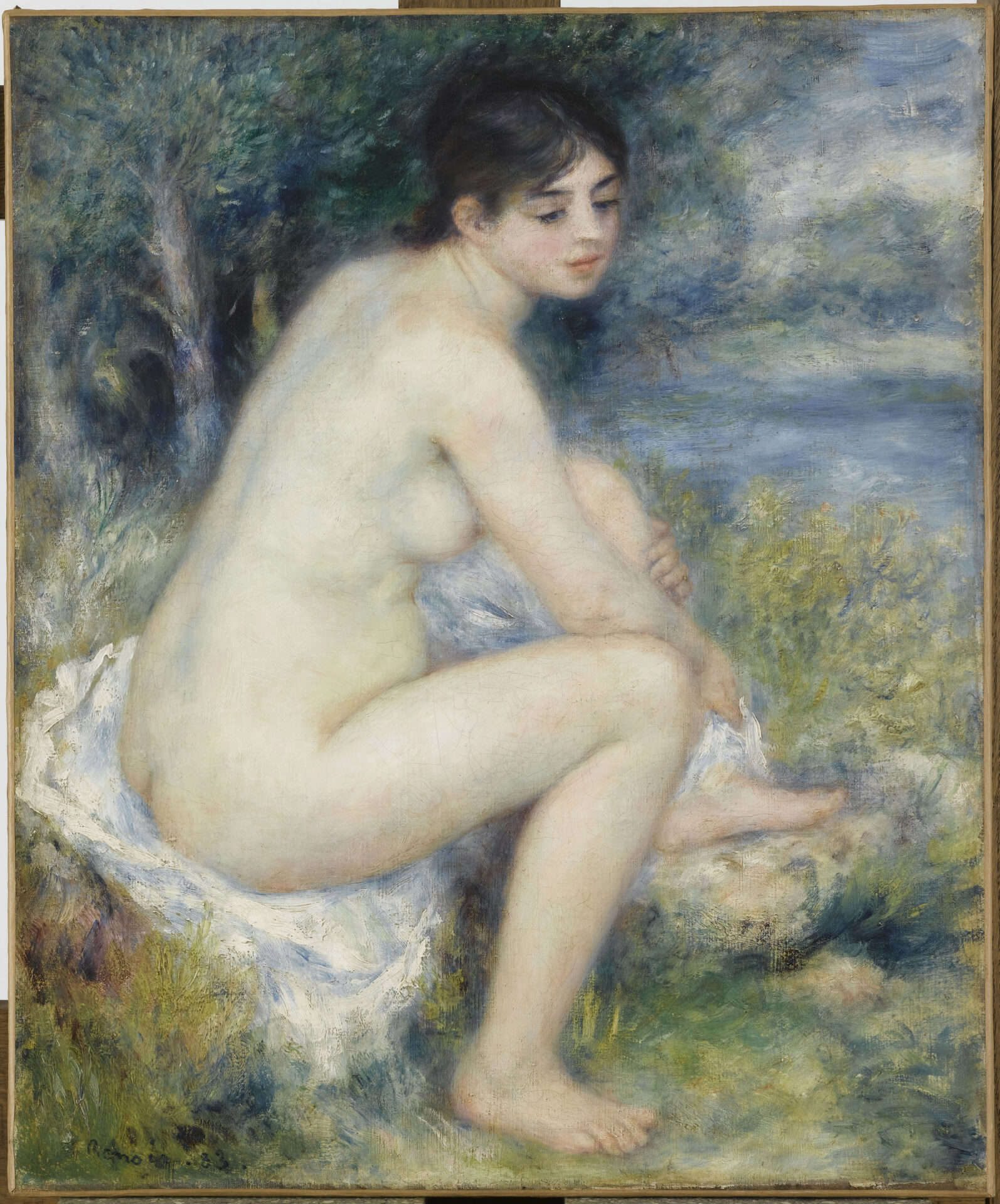
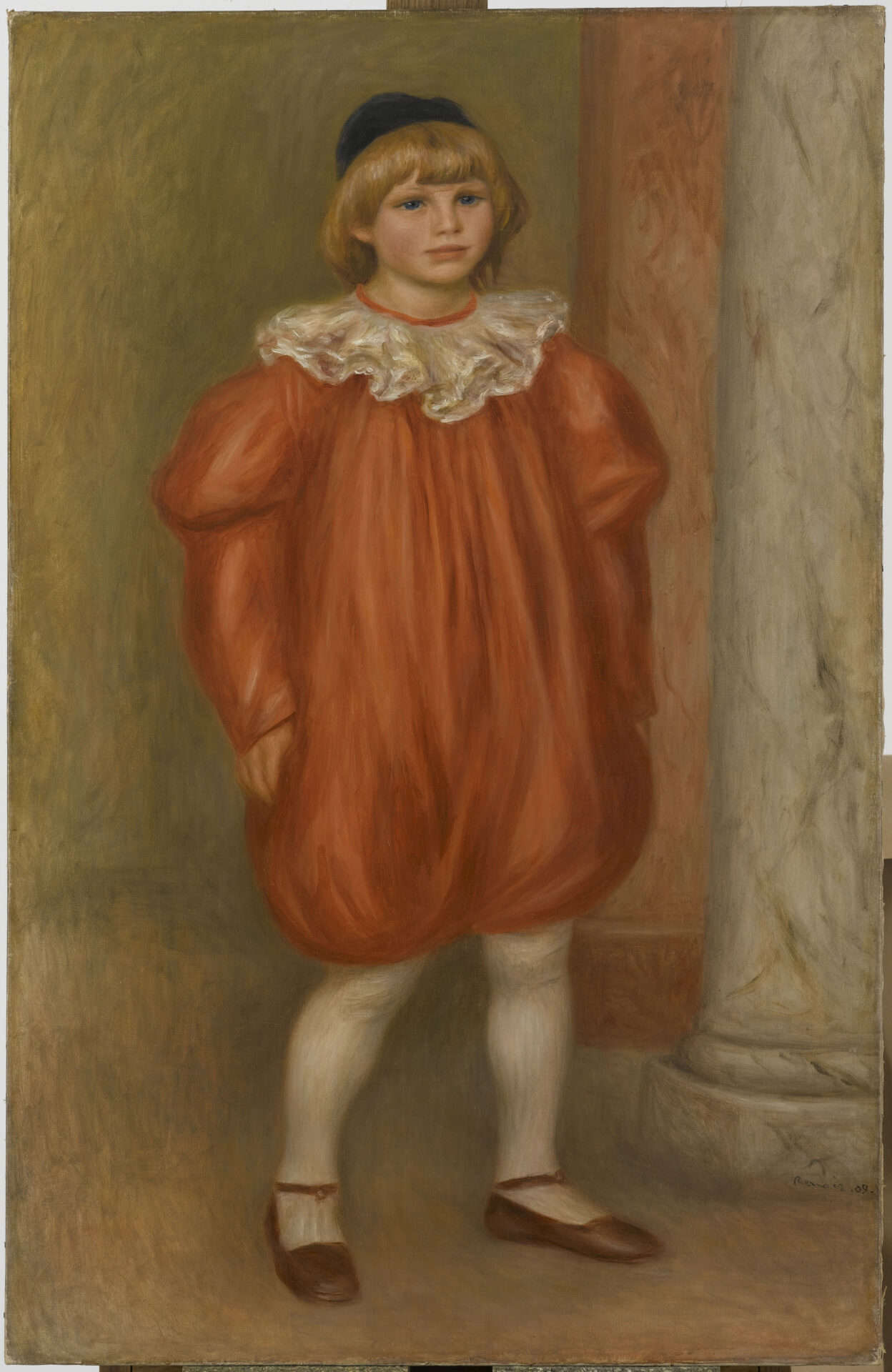
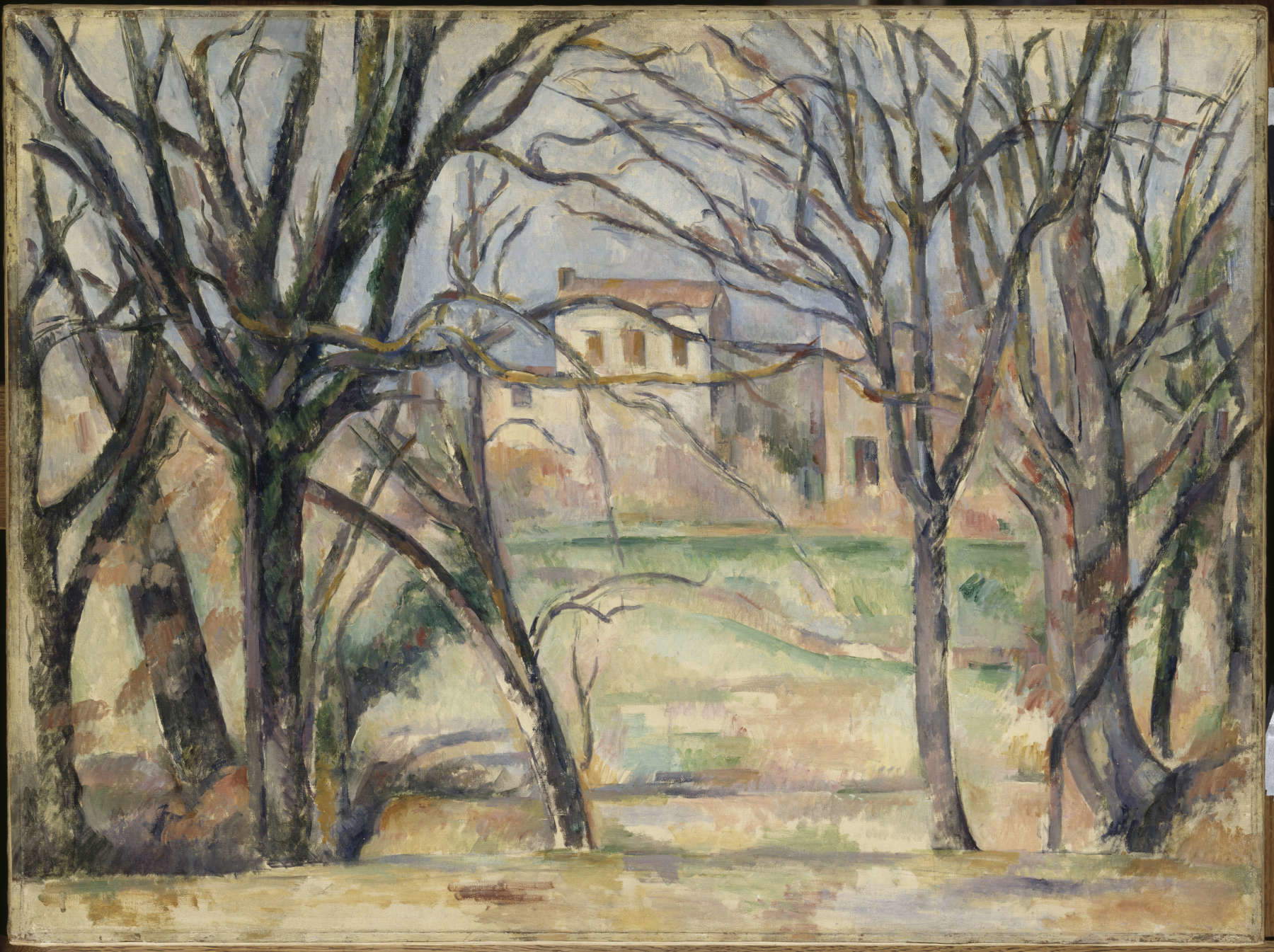
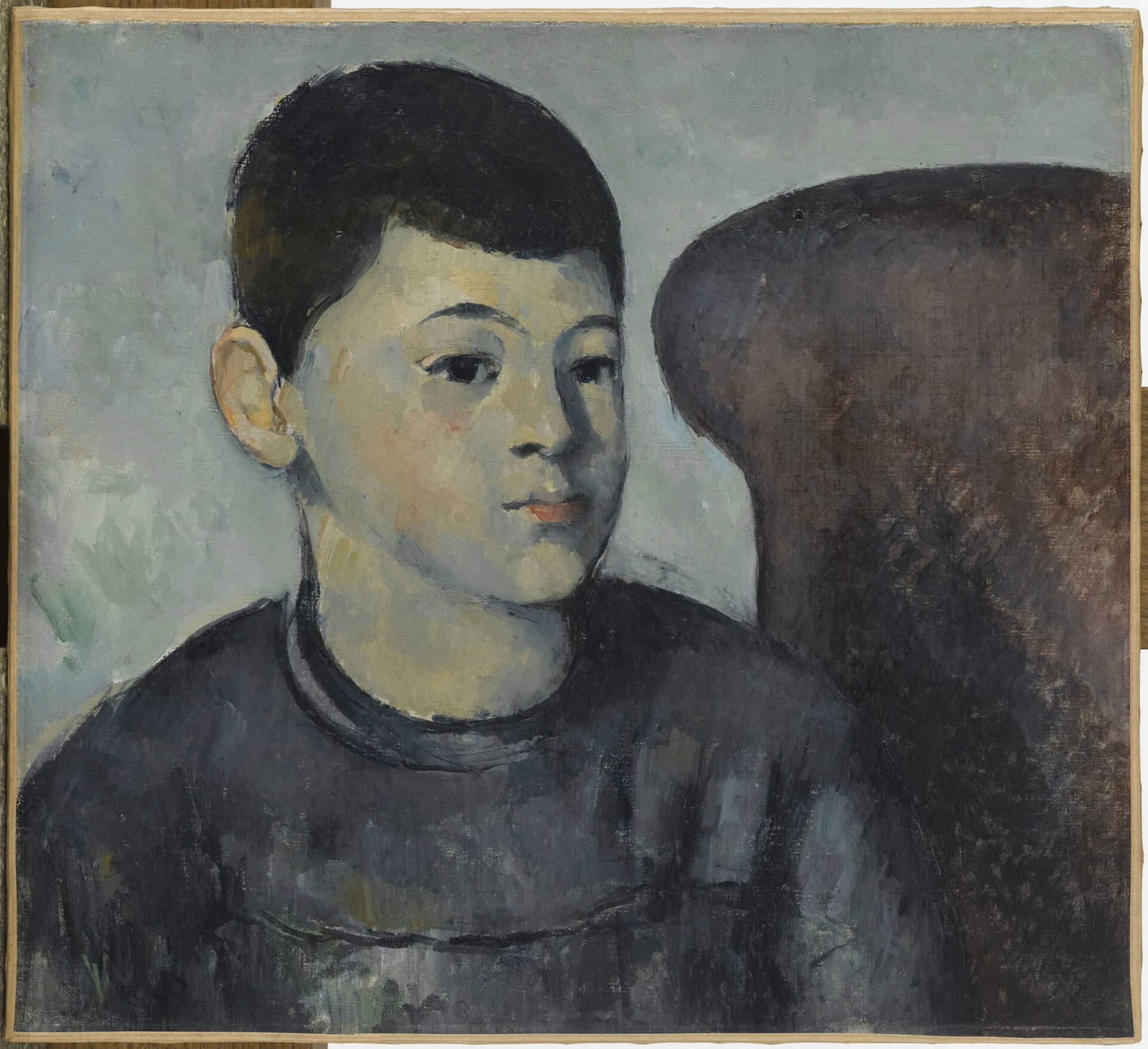


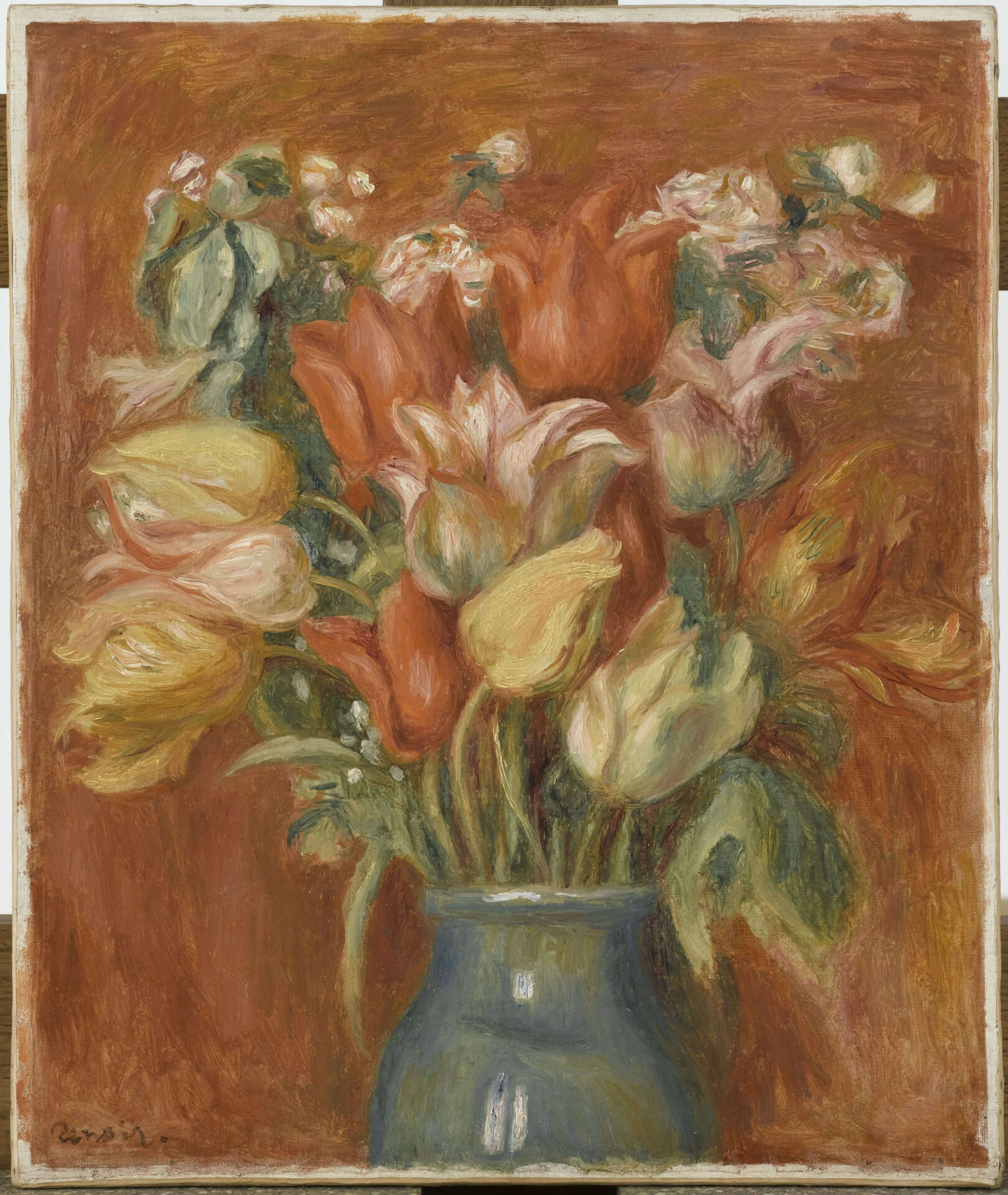

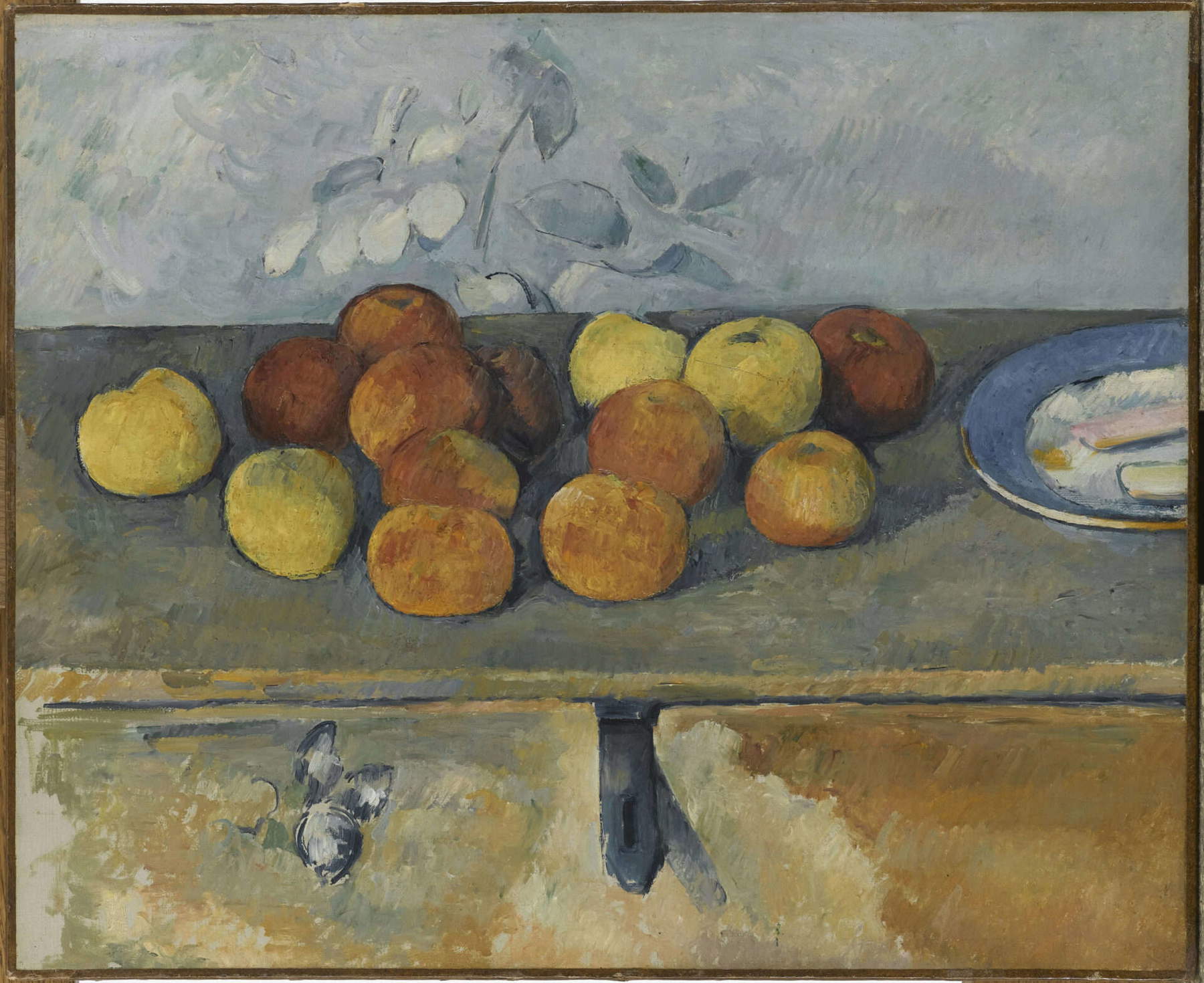

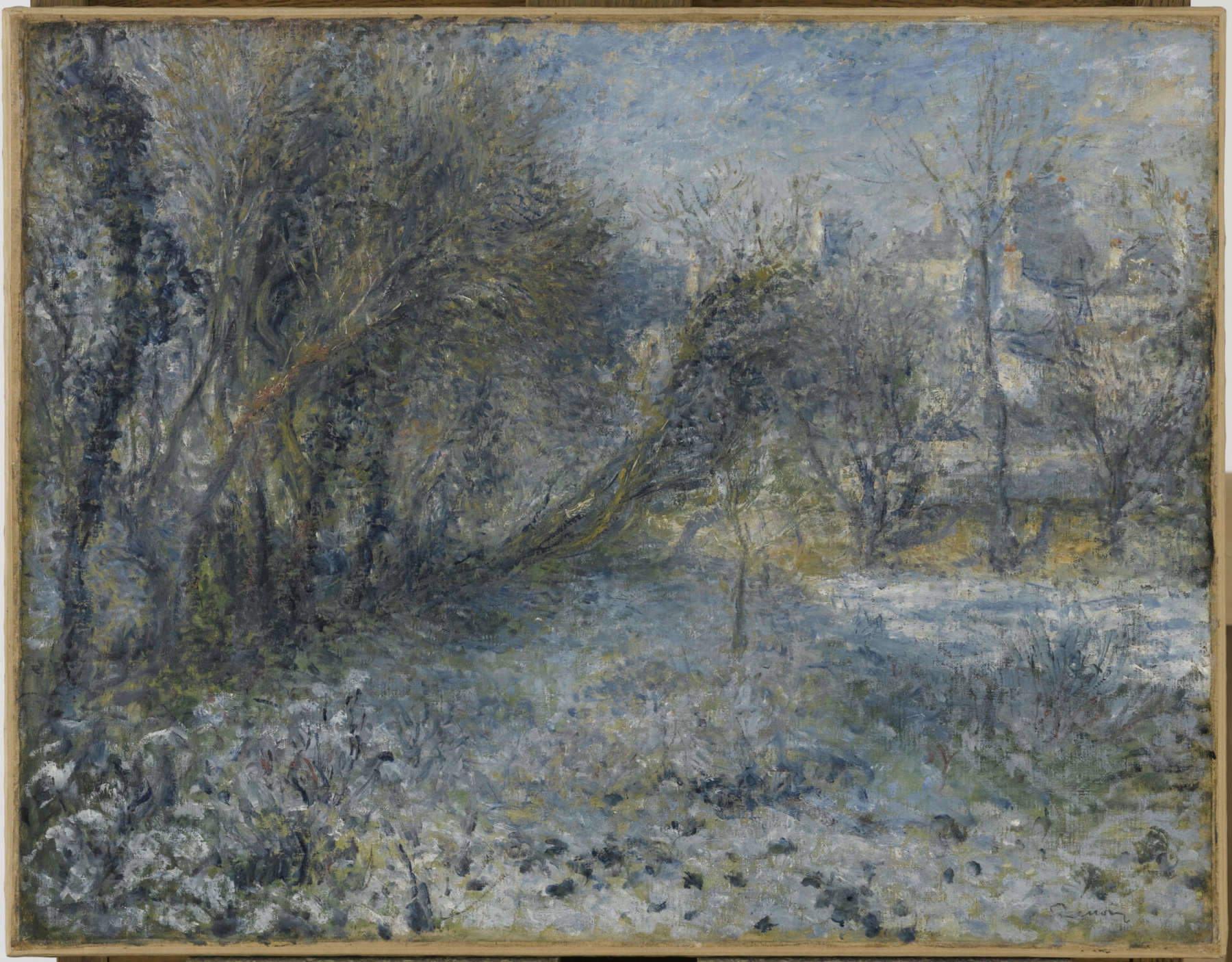
“As we celebrate the 150th anniversary of the Impressionist movement in 2024, I am delighted to open the doors of Palazzo Farnese to present the exhibition from next spring at Palazzo Reale, featuring two emblematic painters of this movement: Cézanne et Renoir,” says Martin Briens, French Ambassador to Italy. “Paul Cézanne, a predestined name they say comes from the place name ’Cesana’; he never came to Italy but his work has, in the light of his Provence much of the light of Italy, and he certainly inspired great Italian artists of the 20th century. Renoir, on the other hand, said after his trip of about two months to Italy that he understood here ’what painting is,’ visiting Rome, Venice, Naples or Palermo, among others. With this exhibition, in the prestigious setting of the Royal Palace, dedicated to two very great French painters, France and Italy unite through their shared passion for culture. The Treaty of the Quirinal, whose two years since its signing in 2023 we celebrated, also places art at the center of its cooperation. Between the 18th and 19th centuries, the Grand Tour enabled many European and French artists to discover Italy, a country rich in art and history. We wanted to revive this spirit with the New Grand Tour, promoted by the Institut français Italia and the Italian Ministry of Culture, which allows young French, Italian, and European artists to participate in cross-residency between the two countries. Cézanne and Renoir would certainly have participated!”
“The programming of Palazzo Reale has, among others, the objective of proposing always new cuts to delve into the work of the great masters of the history of art,” said Milan City Council Culture Councillor Tommaso Sacchi. “With this exhibition, thanks to the collaboration with the Musée de l’Orangerie and the Musée d’Orsay in Paris, we recount the points of contact and the differences between two giants of Impressionism, a movement that had a disruptive effect on its contemporaries, turning the cards of traditional representation upside down and laying the foundations for the transition from the 19th-century conception of artistic activity to the new, and radically different, one of the 20th century. A legacy that has come down to the present day, giving art a freedom of expression never before recognized.”
“For some time now, Skira,” stresses Catherine Castillon, CEO of Skira Arte, "has carved out a solid credibility among exhibition producers, thanks to its editorial approach that combines academic quality, with masterpieces created by the greatest exponents of art from every century and from the world’s most important museum institutions, with an agile and immediate experiential narrative. Thus are born reviews capable of approaching a wide type of audience: from the expert to the enthusiast, from the neophyte to the young person approaching an exhibition, perhaps for his or her first time. Cézanne and Renoir is no exception. Thanks to a collaboration with the Musée de l’Orangerie, the Musée d’Orsay in Paris and the Palazzo Reale in Milan, some of the most fascinating masterpieces by two masters who wrote a decisive chapter in the history of art will come to Italy. And to make the visiting experience even more complete, Skira Arte has designed a rich program of educational workshops and satellite activities that will be held during the months the exhibition is open." The exhibition is accompanied by a Skira Arte publication. The public program, designed for adults in collaboration with theInstitut Français, will explore the themes developed by Cézanne and Renoir, their contemporary artists and their successors through comparisons with writers, poets, musicians and politicians. Reservations are already open at mostracezannerenoir.it.
 |
| Milan, a major exhibition at Palazzo Reale compares Cézanne and Renoir |
Warning: the translation into English of the original Italian article was created using automatic tools. We undertake to review all articles, but we do not guarantee the total absence of inaccuracies in the translation due to the program. You can find the original by clicking on the ITA button. If you find any mistake,please contact us.